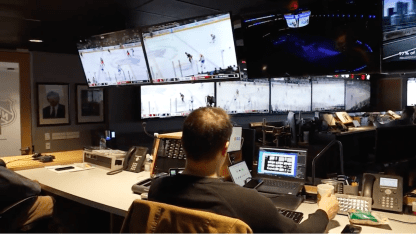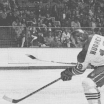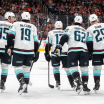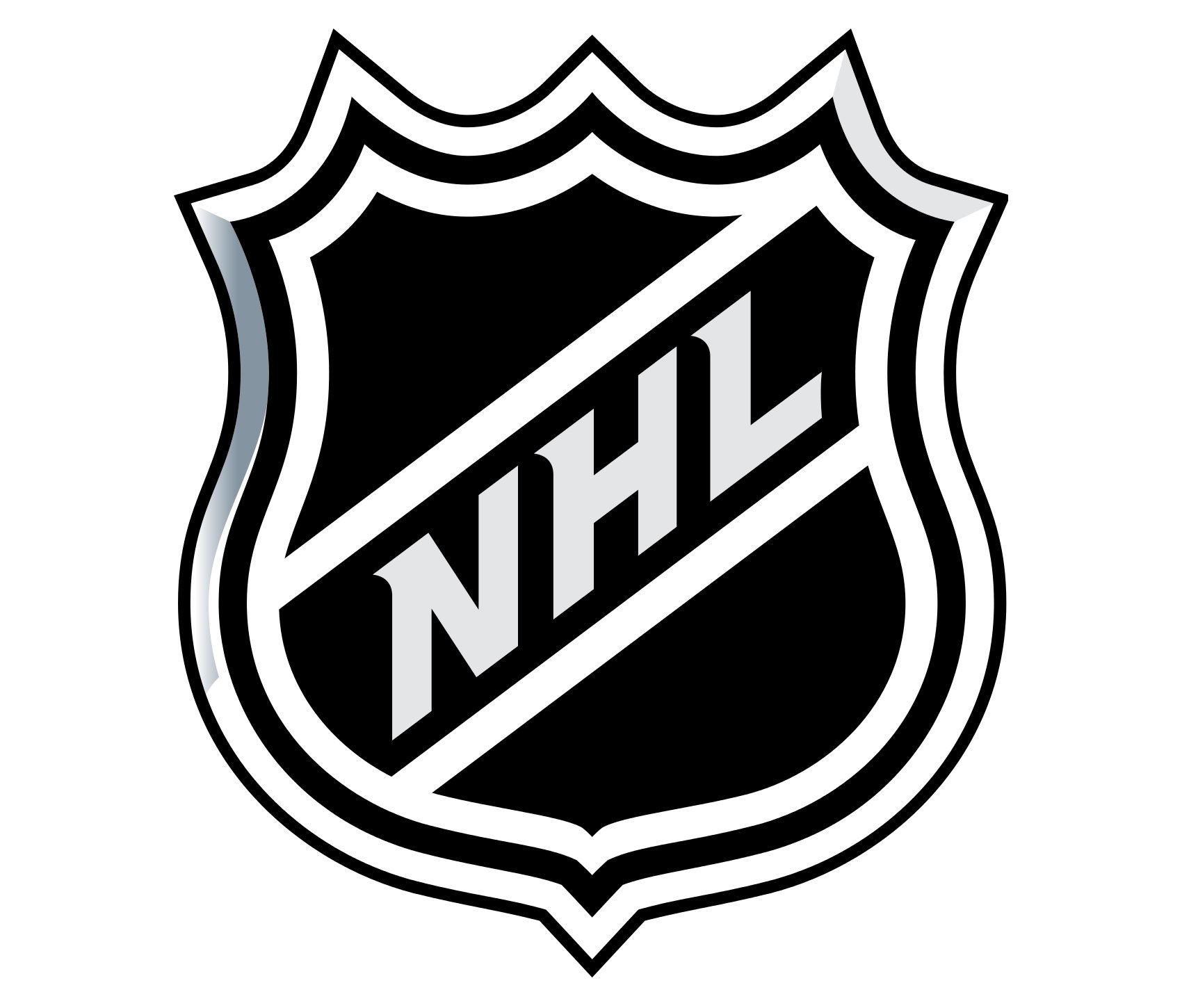“It could be four guys on a quiet night, it could be 25 guys on a busy night,” King said. “Our job is to make sure that games are played fairly, and to make sure that the pucks more importantly enter the net the right way. So, our guys that are assigned to a specific game, it's their job to watch that game and that game only. And if they have any issues in the game, they let us up here know.”
Because King and his team watch literally everything that happens on NHL ice, they often can identify elements of the game that might need attention, clarification, or re-enforcement.
It’s an hour before NHL games begin and in the midst of downtown Toronto, on the 10th floor of a building on Bay Street, part of the League’s nerve center is coming to life. It’s the NHL’s Situation Room – the home for a dedicated team of professionals who collectively watch every millisecond of every game played to ensure as much consistency as possible across the game of hockey.
“(This is) where we are the keepers of the game,” executive vice-president of hockey operations, Kris King said. “We watch the games, and we try to keep (them) fair and safe for everybody involved.”
The walls of the room are papered with large monitors that can showcase one view of a game or split to show multiple angles or separate games depending on the busyness of the schedule. Across the length of the room runs two rows of workstations. The back row is dedicated to game-specific viewers who watch multiple angles of a game simultaneously with pinpoint precision. The center of the top row is King’s office for the night – he runs point across all games serving as a second set of eyes, a touchpoint for questions, and ultimately communication to game-level officials as needed.






















